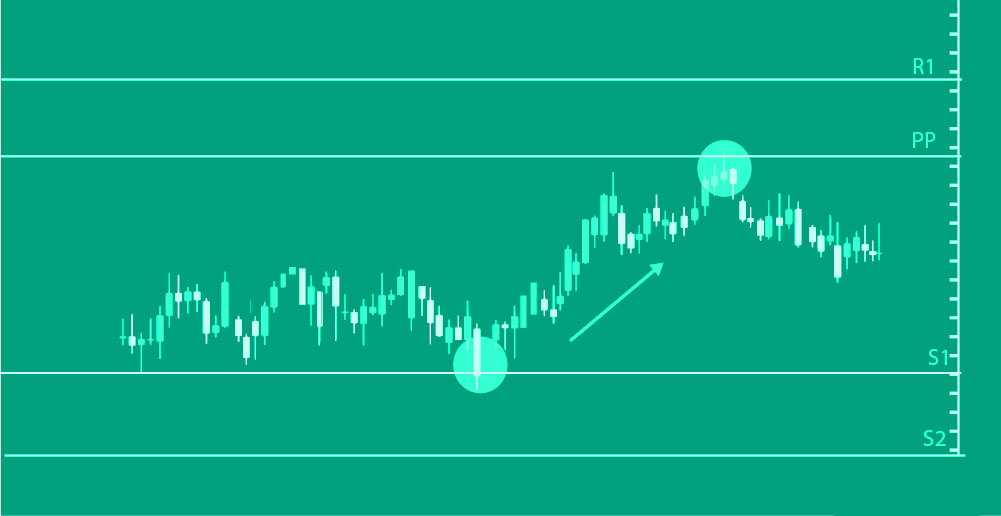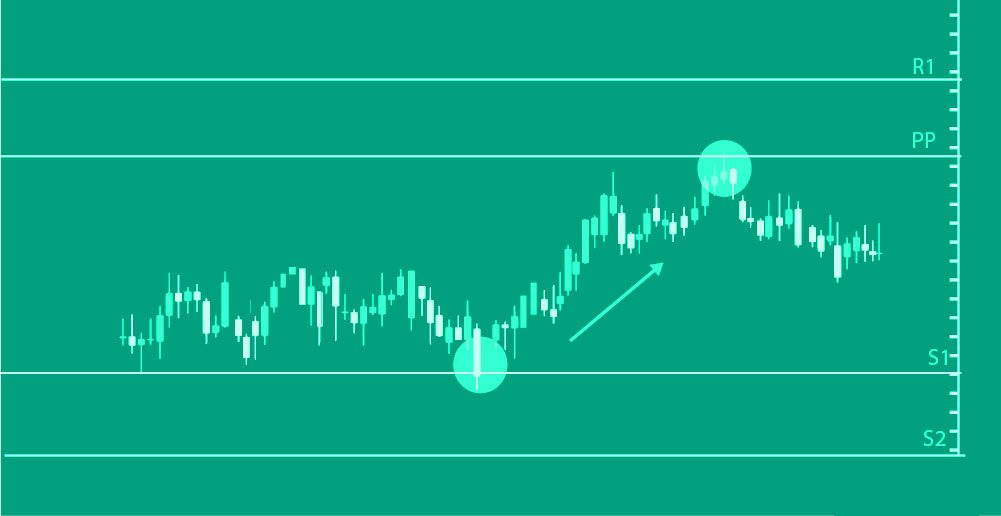Pivot Point Calculation Methods: A Reliable Tool for Traders
Calculating pivot points may seem like a chore to some, but many traders find this method to be incredibly reliable when crafting short-term trade setups. Pivot points can also be seamlessly integrated into intraday strategies, especially when paired with trading the news or reacting to economic events.
Range traders, in particular, keep a keen eye on pivot points as potential reversal points in price action. On the other hand, trend traders closely monitor breakouts from pivot points to gauge whether further gains or losses are on the horizon.
Topics
The Nuts and Bolts of Pivot Point Formulas
Exploring Alternate Pivot Point Calculation Methods
The Power and Versatility of Pivot Points

The Nuts and Bolts of Pivot Point Formulas
Pivot point formulas yield essential support and resistance levels, as well as the pivotal point for the trading day. The foundational formula calculates the pivot point by taking the average of the previous high, low, and close prices.
From this pivot point, we derive the first support level by multiplying it by two and then subtracting the previous high. Conversely, the first resistance level is obtained by multiplying the pivot point by two and then subtracting the previous low.
For the second support level, add the pivot point to the difference between the previous high and low. To calculate the second resistance level, subtract the difference between the previous high and low from the pivot point.
While charting software and most trading platforms offer automated pivot point calculators, sparing traders the need to memorize these formulas, it’s still crucial to grasp how these levels are computed. Understanding their generation process can significantly enhance one’s ability to utilize these tools for potential trading strategies.
Exploring Alternate Pivot Point Calculation Methods
Several other pivot point calculation methods are available and might prove more effective depending on your trading approach. For example:
Woodie Pivot Point Method: This method generates notably distinct support and resistance levels compared to the basic formula.
Camarilla Equation: It can generate up to four support and resistance levels, offering a more comprehensive perspective.
Fibonacci Pivot Point Methods: Useful when traders intend to combine these levels with Fibonacci retracement or extension points during market trends.
There’s no definitive answer as to which method is the best, as it largely depends on market conditions and how these inflection points fit into your overall trading strategy. What truly matters is that traders possess a clear understanding of how support and resistance levels are derived, allowing them to determine the most suitable trading approach.
The Power and Versatility of Pivot Points
Pivot points’ simplicity and objectivity have established them as some of the most closely monitored levels among forex traders, endowing these inflection points with a self-fulfilling prophecy characteristic. Buy or sell orders often cluster around pivot points, particularly when these align with major or minor psychological levels.
Furthermore, pivot points’ flexibility appeals to both range and trend traders, making them an attractive tool for various strategies. The convenience of pivot point calculators further solidifies their status as an easily accessible and user-friendly trading method.
Ready to implement pivot points in your Forex trading strategy? Explore more trading insights with MarkUP Trade!

